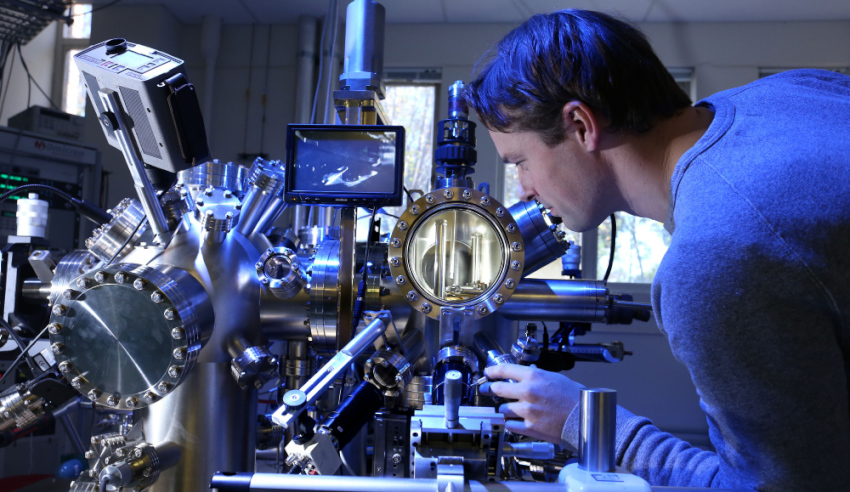The world of manufacturing has traditionally been a highly competitive and often cut-throat business. In the past, price has been one of the key drivers and it resulted in businesses working against each other to cut margins in order to win contracts. However, the transformation of the Australian defence industry and the movement towards advanced manufacturing is seeing a new generation of partnerships and collaboration. The complexity of present day defence assets is encouraging businesses, individuals, governments and researchers to work together.
To continue reading the rest of this article, please log in.
Create free account to get unlimited news articles and more!
Pooling skills and resources
There is an absolute necessity to shift away from competition at all costs to a collaborative, partnership and supply chain-based environment. Not one individual, company or research group can provide every element of a complex defence project. We are striving for collaboration within sectors, industry to industry, with research organisations, and even between previously adversarial companies – so that we can move faster from idea generation, innovation to conception.
The basis of collaborative environments is that we can pool a vast array of skills sets, capabilities and capacities and achieve greater outcomes. Businesses and individuals can focus on their core capabilities and contribute to the bigger projects with far more consequential outcomes.
A world-class defence industry
The ultimate goal is to have a world-class defence industry base to ensure that Australia can deliver sovereign capability to the ADF. The new Defence Industrial Capability Plan, released in April 2018, crystallises this idea and recognises the need to build an internationally competitive defence industrial base. Collaboration will play a significant role in the development of our sovereign industry capabilities.
The developing partnership between industry and government is starting to reap rewards. For example, industry and CASG are working together in a spirit of collaboration to overcome challenges and problems, and it is this co-operation that will safeguard the ADF's requirement to have materiel it needs, when it needs it, and at a cost that represents value for money.
Industry and researchers benefit
The collaborative environment within Australian industry to development capability has become a crucial element in many defence tenders, including the JSF and LAND 400 programs. These collaborations are helping to create value instead of being forced to compete solely on price. And success in these programs will provide many decades of participation for Australian companies.
Within industry, the collaborative environment is becoming far more accepted, we are moving away from competition at all cost and towards a mutually beneficial approach. The Australian defence landscape is accelerating quickly and as programs develop and mature, the goal is to have enough work for all of Australian industry without the need to accept a competitive environment as the fall-back position. And it is not just work within Australia that is being won by these collaborative supply chains. Working together is also reaping rewards in international markets. More defence contracts are being won every day by organisations partnering to combine ideas, skills and capabilities to provide complete offerings to OEMs and primes.
With the concept of collaboration also comes some other substantial benefits. Idea generation, innovation, technology transfer and reduced risk. When businesses collaborate to solve a problem, to target a specific tender or to develop a new product we see great ideas evolve. The process of generating ideas, innovating to produce prototypes, then the sharing of technology has substantial benefits for all collaborative partners. Overarching all of these concepts is the idea of sharing risk. Reducing reliance on individual partners of a supply chain reduces financial exposure and risk and improves the business case.
Collaboration, of course, is not just between companies or supply chain partners. It can be with universities or CRCs, with government and with primes and OEMs. These new collaborative communities are being established every day to allow multiple inputs to produce outstanding outcomes.
It is a whole new world for the defence industry and Australian businesses are embracing the concept of collaboration.

 Login
Login







